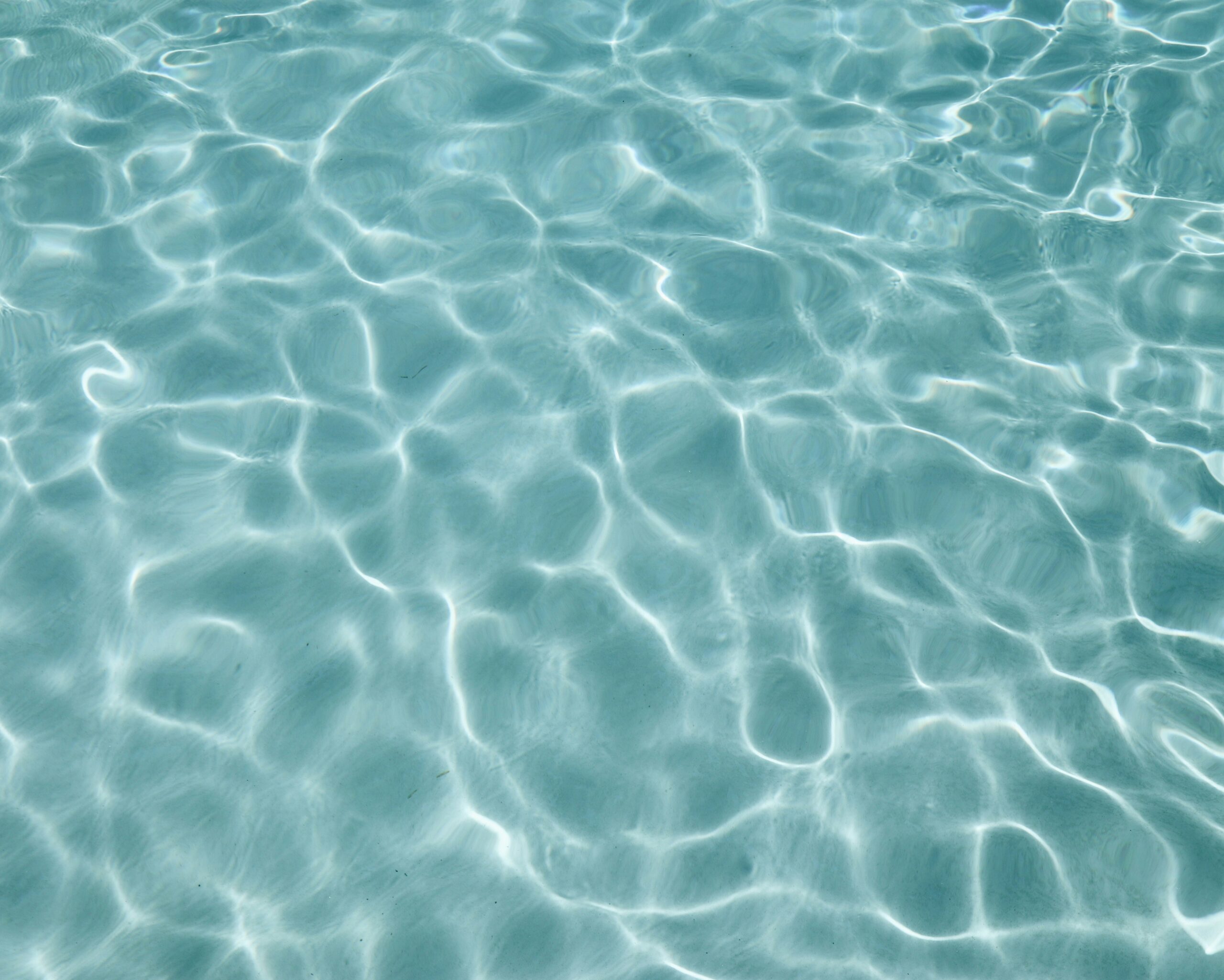What happens at a Legionella Risk Assessment?
It’s not uncommon for independent clubs, youth organisations and places of worship (and even some small businesses and private landlords) not to realise that they need to have a current Legionella risk assessment.
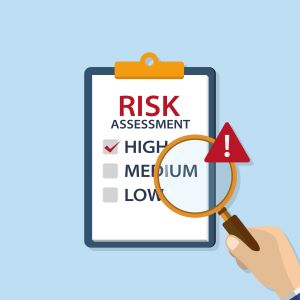
Why do you need a Legionella risk assessment?
If your building is open to the public, or you have five or more employees or tenants, you have a legal duty to protect them by controlling or preventing Legionella. Legionella is a potentially harmful bacteria, which causes a pneumonia-like illness, known as Legionnaires’ Disease. This can be debilitating for otherwise healthy people but can prove fatal for anyone who is particularly vulnerable. This might include very young children, elderly people, or those with an underlying health problem.
When you discover for the first time that your property needs a Legionella Risk Assessment, it can seem a dauting prospect. However, the reality is quite straightforward and can be reassuring.
So, what should you expect?
On the agreed date, one of our friendly technicians will arrive and will briefly talk you through what they are going to do to assess whether there are any risks for Legionella in your water system.
They will look around the building and conduct a thorough survey of your water system. Chiefly, they will measure the temperature of the water from the outlets (normally taps) that are the furthest and closest to the water storage tank or heat source and take a good look at the pipework. If you have any outside taps, or outbuildings with water outlets, they will include these as part of the survey. They will also look at the main stopcock, to make sure that it is correctly plumbed. They will take photographs of the pipework. If you have a water storage tank, they will also survey this.
Why do they test water temperatures?
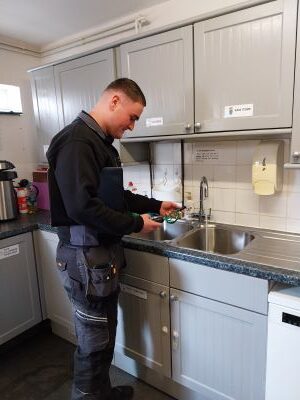
The temperature of your hot water is particularly important. Naturally, it should not be dangerously hot, but it should also be hot enough to be safe. Legionella proliferates in water at temperatures between 20°C and 45°C, so hot water should be stored above 60°C, hot water distribution should be above 50°C, and cold water storage and distribution should be below 20°C.
Our technician will measure the temperature of the cold water to make sure it is below 20°C. They will also measure the temperature of the hot water nearest your boiler, and furthest from your boiler. This will ensure that the hot water temperature is in the safe range throughout the system.
What are they looking for in the pipework?
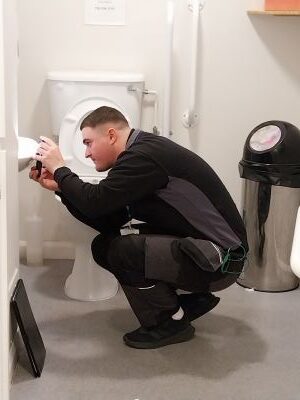
Legionella also likes to breed in static or stagnant water, so our technician will check that water can circulate freely around the entire system and that there are no ‘dead legs’. Dead legs are lengths of pipework which lead nowhere, usually because a water outlet has been removed in the past, but without also removing the pipework.
Dead legs are a problem because they allow the water to remain static. Legionella also frequently forms in static water.
Our technician will take pictures of the pipework so that you have a photographic record to demonstrate that your system has been correctly plumbed, with no dead legs. If they do identify a dead leg, the photos of that section will form a ‘before’ record, so you know what to have altered to make your system healthier. Once the dead leg has been rectified and removed, you’ll be able to compare the ‘before’ picture with an ‘after’ image, to demonstrate that you’ve taken remedial action.
What are they looking for in the water tank?
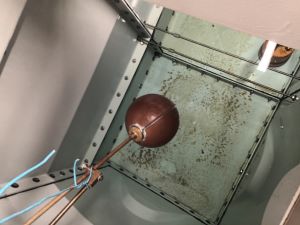
The technician will be looking for two things. Firstly, that the tank is clean. They will check that the cover is fitted securely and the tank is free from vermin, dirt and debris. It is vital that you don’t have any dead rodents or birds in the tank, as they will contaminate the water. The system itself can generate some dirt or sludge, so your tank may still need cleaning.
They will also be checking that the tank is sufficiently shaded against solar gain and the cold water is well below 20°. You must avoid the temperature of the stored cold water being heated by the sun to temperatures which encourage the proliferation of Legionella bacteria.
What happens after the survey is complete?
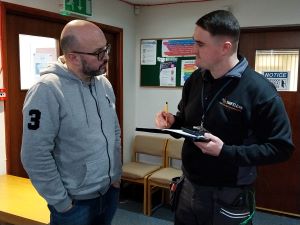
For many of our clients, the news will be good and there won’t be any problems.
However, our surveyor will explain any points that you need to note for the future. For example, they will recommend that you measure the temperature of the water on a monthly basis to ensure that you are complying with the Approved Code of Practice L8 for Legionella control, which is issued by the Health & Safety Executive (HSE).
If they have spotted any problems, your surveyor will talk through their findings with you, and explain any risk factors. If they have identified a dead leg, they will urge you to have it removed as soon as possible. (We provide remedial plumbing, or you can use your own plumber.)
If you have a water storage tank, they will recommend that you have it cleaned from time to time to keep it free from debris or sludge. If the tank is not sufficiently shaded, they will recommend remedial action to protect the water from solar gain as soon as possible. Again, we can help with this.
What if they find Legionella?

If Legionella is found in the system, what happens next will depend on how many samples tested positive, and the concentration of Legionella bacteria in each positive sample. However, you will need to take immediate action to tackle the problem, in accordance with L8 Approved Code of Practice.
Low levels of Legionella
If the results indicate only a low concentration in some samples, you will probably need to increase the flow of water by introducing regular and frequent flushing routines, to ensure that the water flows more freely around the system. The water system will need to be tested again very soon.
The presence of Legionella in your system may indicate a problem with the water temperatures, so, if this is the culprit, you may need to have some remedial plumbing work done. Your Legionella surveyor will be able to advise you at the time of your survey, and we also have remedial teams who can undertake this work for you.
Moderate levels of Legionella
If the results show a moderate level of Legionella bacteria in most of the samples, you will definitely need to improve flushing routines and undertake any remedial work; but the water system may also need to be disinfected. Our surveyors can carry out this work. Again, water samples will need to be taken again soon after disinfectant treatment, and analysed to see if the problem has been resolved. Water temperatures should also be checked again.
High levels of Legionella
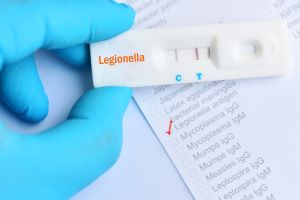
A higher level of Legionella bacteria should prompt a thorough overhaul of your system. Actions taken should include disinfection of the entire water system; increasing flushing routines; retesting water temperatures; and remedial work to address any inadequate water temperatures. The water itself should be resampled and tested soon after, and a thorough review of all Legionella control protocols and risk assessment should be completed.
In severe cases, with a great deal of Legionella proliferation, you may not be able to use the water system until the problem is resolved. You may not use taps, toilets, showers or water fountains. You may not allow any member of the public, club or congregation to use any part of the water system.
In severe cases, the water system must be expertly and safely cleaned, chemically treated, thoroughly flushed and recommissioned. It must then be retested, and the results must demonstrate safe levels – or the eradication – of Legionella, before the water system can be used again.
You will need expert help for this. We can help to get you Legionella free again. You should only use a member of the Legionella Control Association (LCA) to help you to tackle Legionella bacteria in your water system.
Peace of mind
For most of our customers, a Legionella Risk Assessment is simply a formality which you should carry out every few years to ensure that your premises are Legionella free. Knowing that you are Legionella free gives you peace of mind and safeguards your members and other visitors.

If you need our help with Legionella control, please click here.

